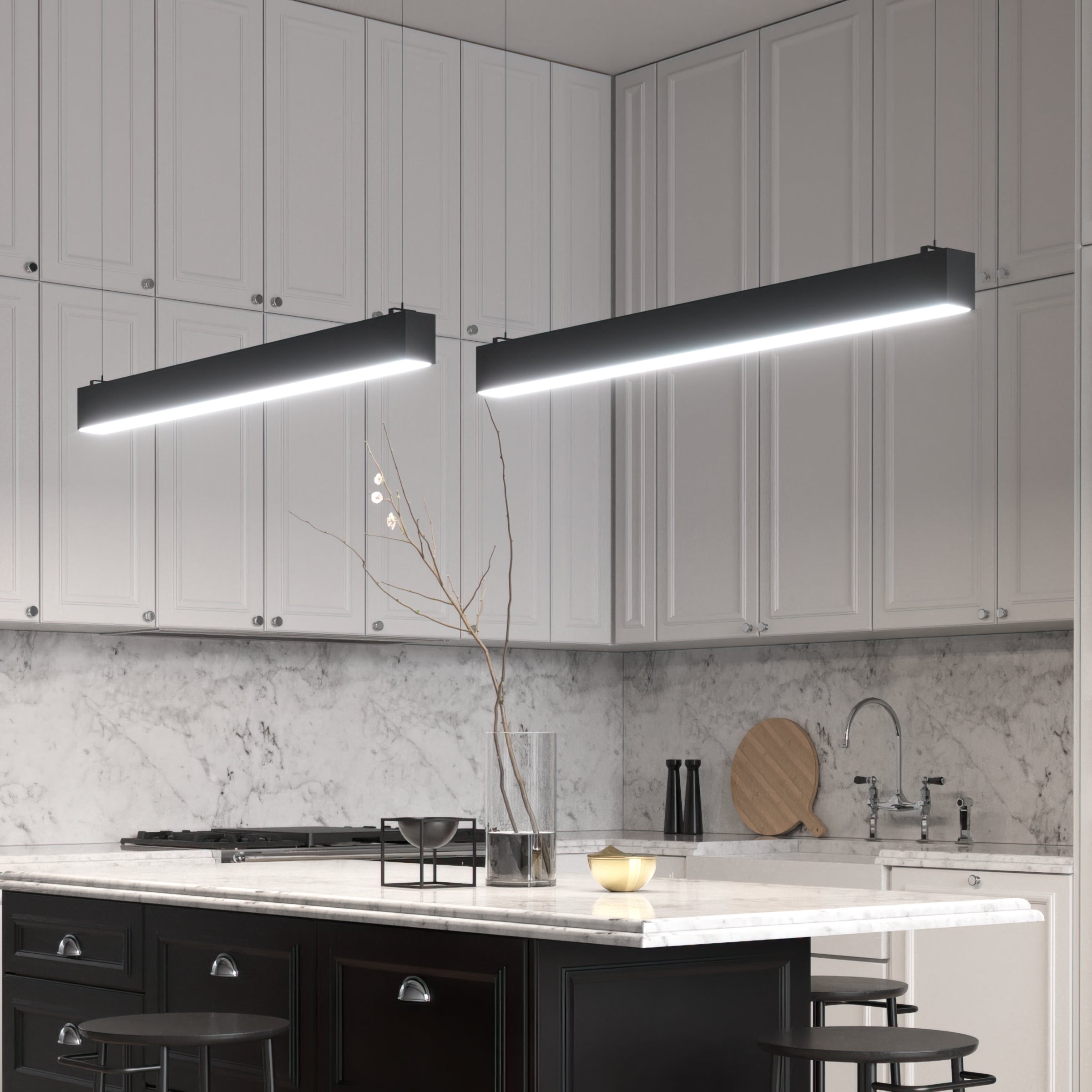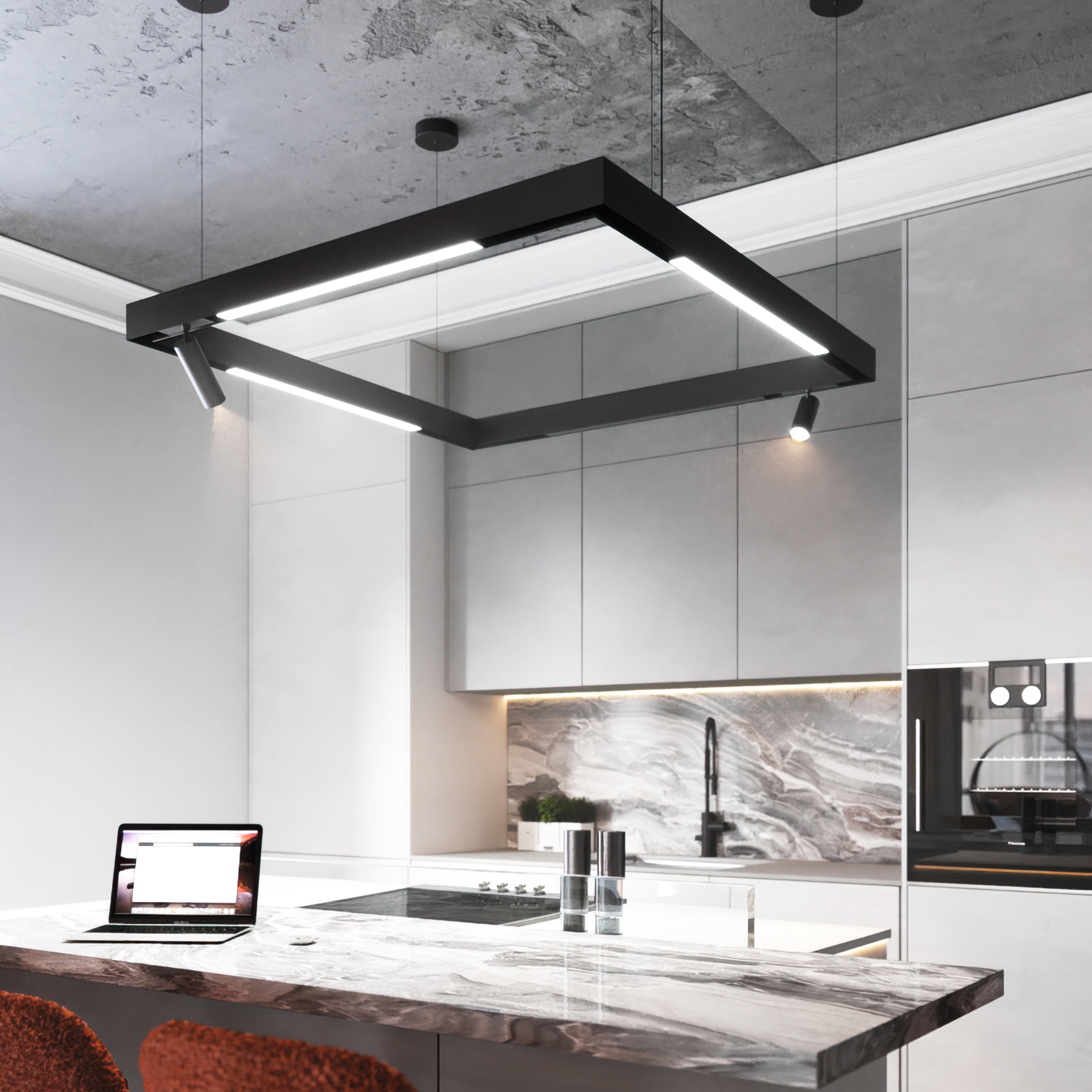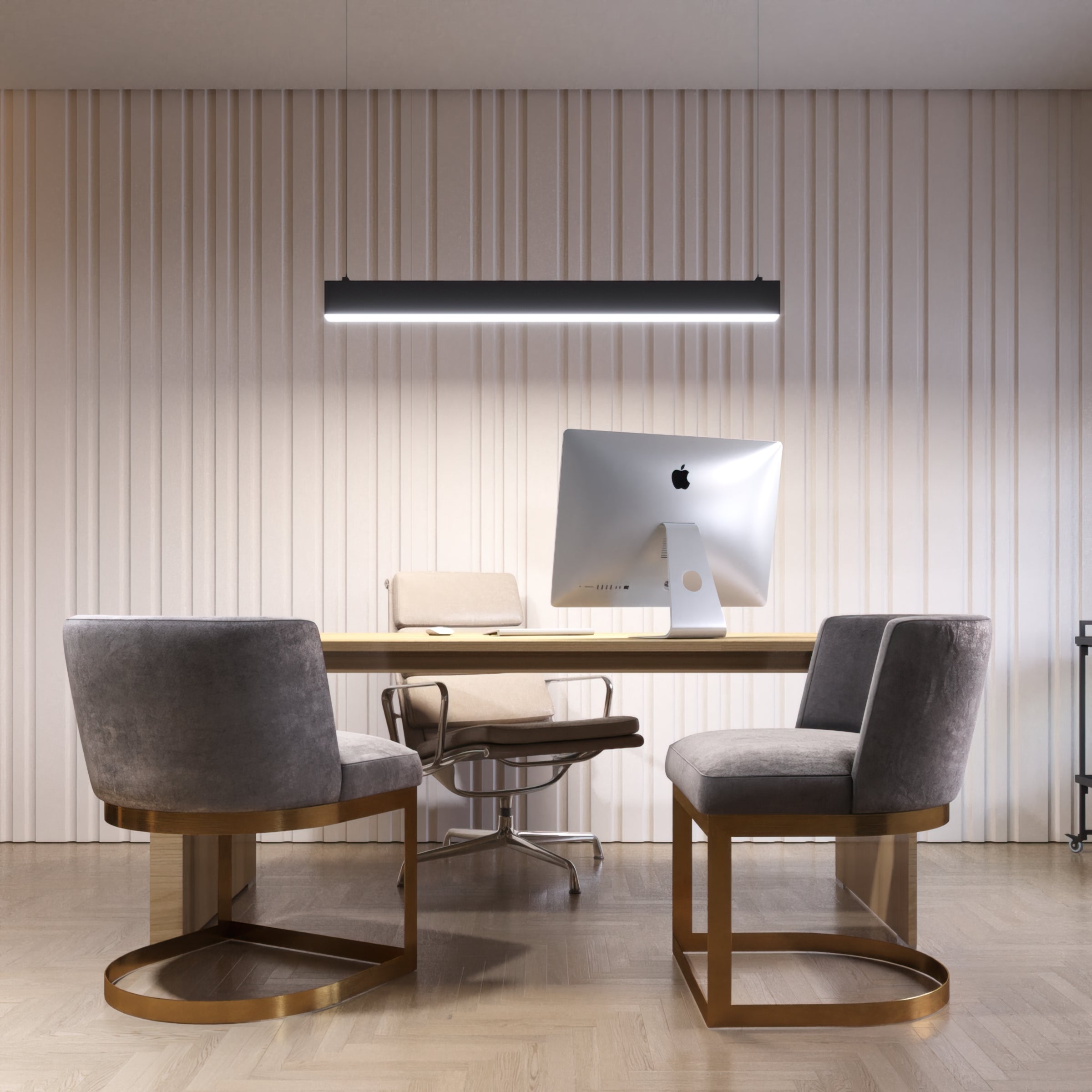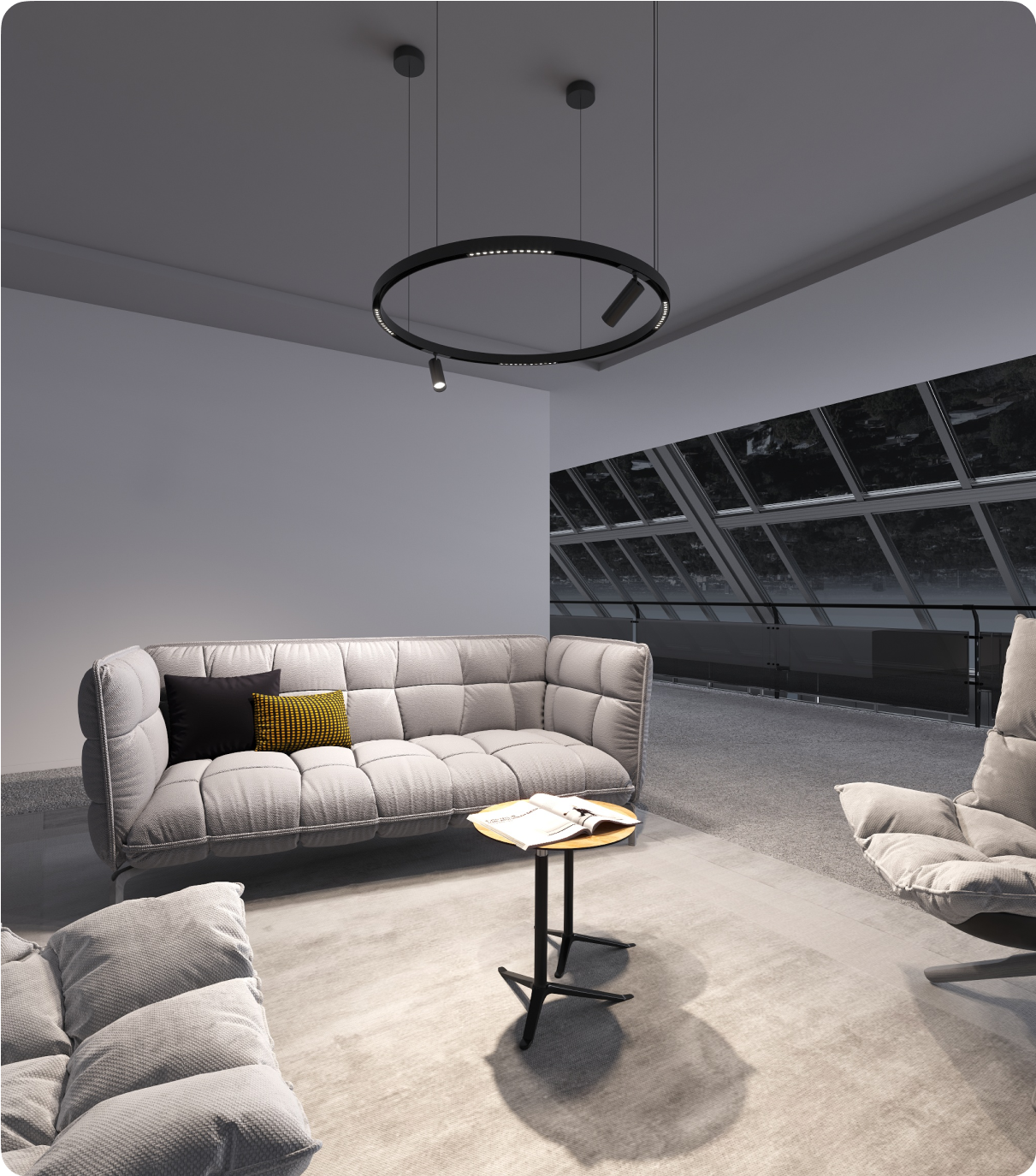In recent years, LED lighting has become increasingly popular in homes and businesses due to its energy efficiency and longevity. However, there are a lot of questions about LED lighting. Do LED lights cause anxiety? Does LED lighting have a positive impact on your health and mood? In this blog post, we will explore six benefits of LED lighting that you may not have considered before. From improving your sleep quality to boosting your productivity, LED lighting has the potential to enhance your overall well-being. So, if you're looking for a simple yet effective way to improve your health and mood, read on to discover the benefits of LED lighting.
How LED Lighting Affects Your Mood and Health?
Regulating Circadian Rhythm
One of the health benefits of LED lighting is its ability to regulate circadian rhythms. When a person is not exposed to daylight and its temporal cues, it can disrupt their circadian rhythm. Lighting with certain blue wavelengths can decrease the production of melatonin, a hormone that helps us relax and sleep. Although less melatonin can increase alertness and productivity, prolonged suppression can make it harder to sleep and disturb normal sleep patterns. Sunlight, which has more blue wavelength light during the central part of the day, also increases alertness.
A key reason why LED lighting is better is its ability to mimic natural light and regulate a healthy circadian rhythm. When natural sunlight is not available, targeted LED light at specific blue wavelengths for a short time during the day can be a beneficial alternative. Warm lighting, on the other hand, has less blue light and is less disruptive to melatonin production. Switching to warm lighting can promote a more regular sleep pattern.
A lighting designer can use these correlations to install and adjust LED lighting systems in commercial, industrial, and residential settings. For instance, in a residential space, LED lights can be programmed to produce brighter light with more blue wavelengths during the day and transition to warmer lighting in the evening.
Reducing Migraine and Headache
People who suffer from headaches and migraines experience light sensitivity, which can be exacerbated by flickering fluorescent bulbs and inappropriate task lighting. This light sensitivity can cause discomfort and even pain, which can lead to decreased productivity and quality of life. However, proper lighting design and LED technology have the potential to improve the well-being of those affected.
One of the advantages of LED lighting is that it can reduce headaches and migraines, as well as improve comfort and productivity. LEDs emit a steady and consistent light that is less likely to cause discomfort and can be paired with lighting controls for customized light levels. LED lighting also offers other human health benefits, such as regulating circadian rhythms, improving mood, containing no toxins, and reducing sensory issues.
Improving Productivity and Learning
A study conducted in corporate offices found that replacing old fluorescent lights with LED lights resulted in increased productivity and learning, likely due to the soothing effect that LED lights have on the mind and body. This creates a comfortable environment for working on projects or studying without disturbance. When kept on the correct setting, LED lights can increase alertness and raise energy levels to help with focus. Additionally, the absence of flickering in LED lights eliminates distractions from changing lights and reduces the risk of headaches.
LEDs don't produce any noise, unlike standard incandescent and fluorescent bulbs that emit a low buzzing sound, which can be a distraction. In addition, LEDs generate less heat than other types of bulbs, keeping the room cooler and more comfortable for people to work and concentrate, especially when multiple people are in the same space.
Elevating Mood
Sunlight has a significant impact on our behavior and mood. It has been observed that when lighting does not replicate natural environments, it can lead to increased stress, anxiety, and even Seasonal Affective Disorder (SAD). SAD is a type of depression that causes symptoms like fatigue, low energy, and mood swings. It requires treatment like light therapy, which can help regulate melatonin production and relieve symptoms. However, not everyone can spend enough time outdoors to benefit from sunlight due to work, school, or other commitments.
It is good to know that LED lighting can mimic natural light's mood effects and circadian impact, even for those who cannot spend time outside. Studies have shown that indoor environments with LED lighting decrease stress and anxiety. Color tuning and lighting control technologies have made it possible to reproduce daylight's complex nature indoors and improve the health and wellness of users.
Containing no Toxins
The world has seen a significant shift from traditional fluorescent and incandescent light bulbs to more environmentally friendly options. One of the major reasons for this shift is the health hazards associated with the use of traditional bulbs containing toxic levels of mercury. Even a single HPS bulb can cause severe health problems to our nervous and digestive systems, skin, lungs, and eyes. On the other hand, LEDs have emerged as a safer and more reliable replacement for homes and workplaces. They are not only durable but also free of mercury vapor and other harmful chemicals, making them more secure to use. Moreover, unlike traditional bulbs, LEDs produce no UV radiation, which further adds to their safety. Additionally, the construction of LEDs involves the use of non-toxic materials, ensuring that they can be disposed of safely when they reach the end of their life. As a result, the use of LEDs has become more prevalent in recent times, leading to a safer and more sustainable environment for everyone.
Reducing Sensory Issues
Bright lighting is a common problem for neurodiverse individuals, including those with autism. The intensity of the light can cause sensory issues, such as discomfort, pain, visual disturbances, and the urge to shield the eyes from the light. However, with the advent of LED lighting, it is now possible to control the brightness and intensity of the light. This means that the lighting can be adjusted to a comfortable level that does not trigger these issues. By controlling the brightness and intensity of the light, it is possible to provide a more comfortable and sensory-friendly environment for neurodiverse individuals.





